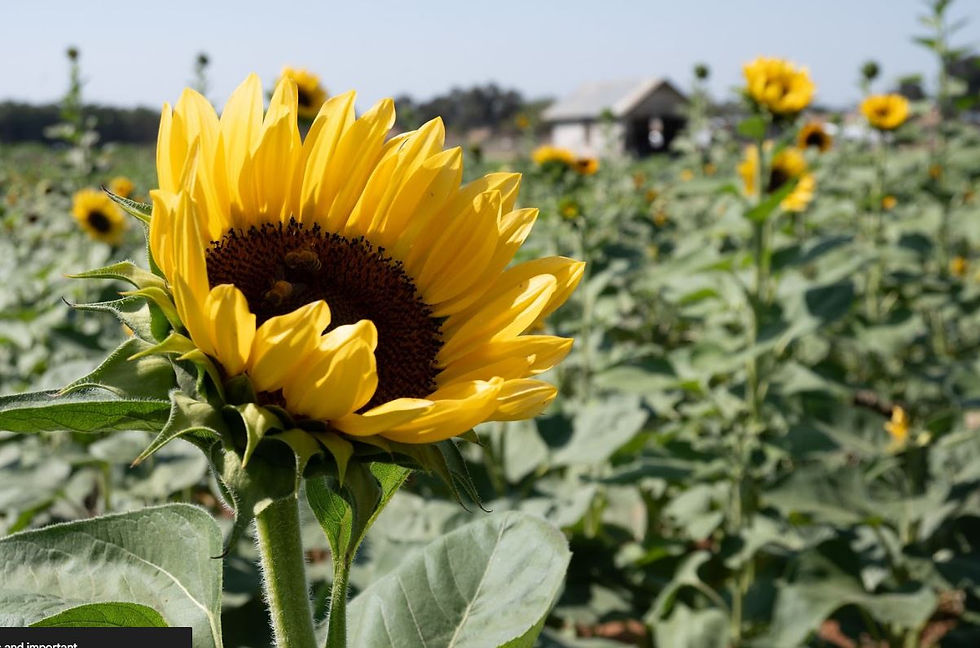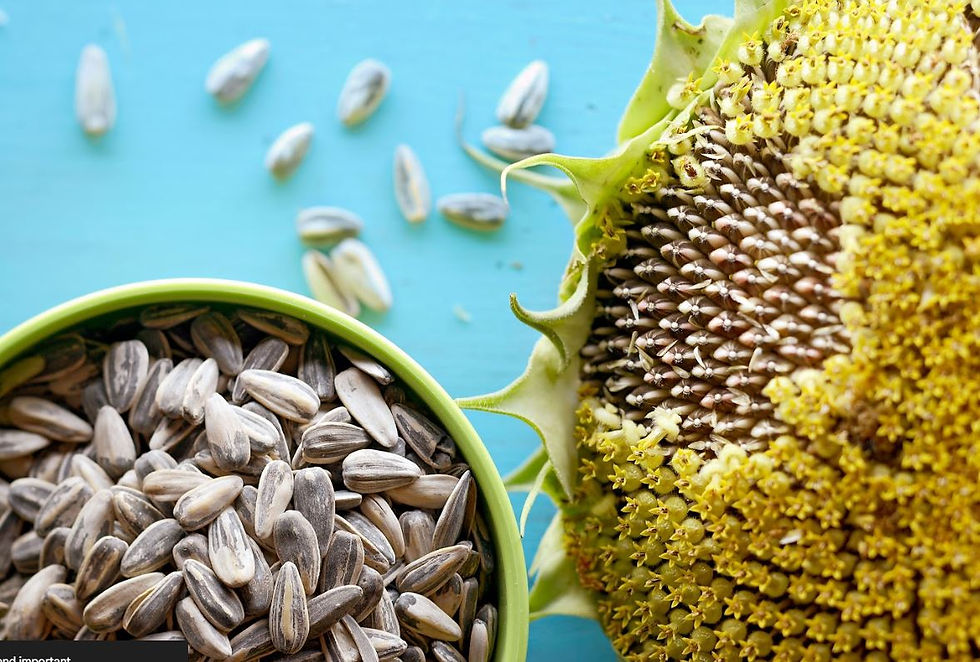
Sunflowers - Bright, Beautiful and Fun to Grow
Summer is upon us and what is better to grow with your child than flowers that are big, bright and beautiful. Sunflowers come in many varieties and heights and “Yes” they can be planted in containers too. Planting sunflower seeds with children is an incredible way to see the entire life cycle of a plant. This article explains how to engage in this fun and easy learning opportunity.
Julie Henrichs

Summer is upon us and what is better to grow with your child than flowers that are big, bright and beautiful. Sunflowers come in many varieties and heights and “Yes” they can be planted in containers too. Planting sunflower seeds with children is an incredible way to experience the entire life cycle of a plant.
Sunflowers are ideal for planting with children because sunflower seeds are large in size for easy handling, tolerates dry or drought conditions and also is fairly low maintenance. Sunflowers are also “giving” plants - bees and bugs benefit from the flowers while birds eat the seeds produced.
Let’s Get Planting
Sunflower seeds come in all varieties, size and many colors ranging from yellow, orange, bronze, red, burgundy and even white with a variation of mixed petals. Allow your children to choose the type of sunflower to grow and then ask why they chose the one they did? Was it for the height, the extra fuzzy looking flower or simply the color? If you have height restrictions, refer to seed package for height and spacing guidelines.
We think of sunflower seeds always being planted in the ground, but they can also be planted in containers. Choosing the best finished container is important and make sure to base the size of container by the plant height.

Items Needed:
Appropriately sized planting container (base size on final height of plant) with good drainage
Sunflower Seeds
Potting Soil
Water in watering can or spray bottle
Plant labels (optional)
Gardening Gloves (optional)
Let’s get started:
Fill containers with potting soil, leaving dirt an inch away from the rim of the container. Once the container is filled, tap down lightly and add any potting soil as needed.
Children can poke a small hole with their finger into the soil.
Open the seed packet and have your child plant the seeds about 1-2 inches into the soil in the hole. Seeds can be spaced approximately 6-12 inches apart depending on the sunflower seed type. (refer to the back of the package for planting depth and spacing)
Cover seeds and tamp down soil
Water gently with a watering can being careful not to disrupt the newly planted seeds or spritz the soil with water making sure the soil is wet
Set the newly planted containers in full sun.
Continue to check the new plantings for watering needs at least once or twice a day.
Once the seedlings have emerged, continue to check to make sure the soil remains moist, but not saturated. Seeds start to grow 1-1 ½ weeks after planting.
As your sunflower begins to grow it may require staking to keep the plant upright, especially in strong winds. Sunflowers are unique in that they begin as a seed and also end as a seed. The sunflower plant produces a sunflower bloom/head. When the sunflower head starts to turn brown, the sunflowers can be cut off and either they can be left for birds and other insects or they can be dried and then used later.

Sunflowers provide so many benefits – a fun and educational gardening experience, a beautiful display and food for birds and insects. Let’s get planting!
Photo Credit: flickr.com (1,2), backgardener.com (3)



